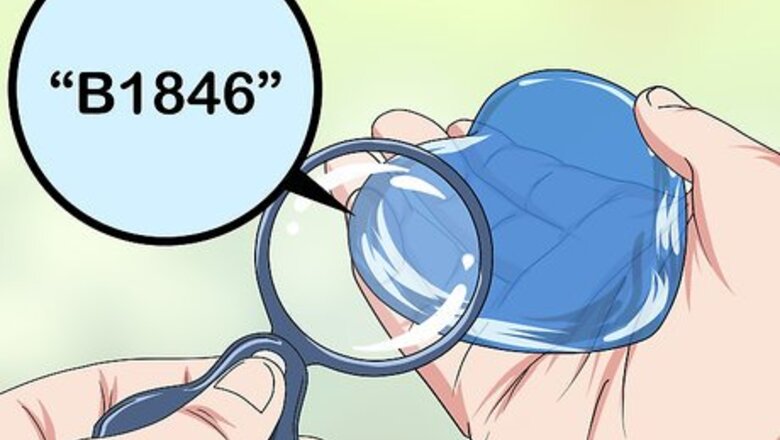
views
Finding Baccarat’s Markings
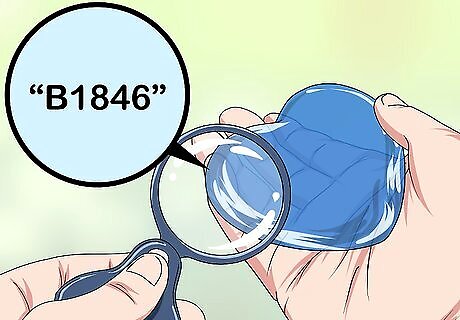
Look for the letter B followed by a year on older Baccarat paperweights. From about 1846-1849, Baccarat’s famous paperweights were marked with the letter B and the year. The marking might be on the bottom of the paperweight or on one of the colorful glass canes that are used as decoration inside of the paperweights. Paperweights made in 1846 have the mark B1846. The B, 8, and 6 are red, and the 1 and 4 are blue. Paperweights from 1847 are marked with B1847. The B, 8, and 7 are blue, the 1 is green, and the 4 is red. A Baccarat paperweight made in 1848 will be marked B1848, with a blue B, green 1 and 4, and red 8 and 9. In 1849, paperweights were marked only with the year, without the letter B. The 1 and 4 will be green and the 8 and 9 are red.

Check for an etched logo on perfume bottles from 1920 to the present. This logo was usually etched onto the base of the crystal. The first logo featured a wine glass, a carafe, and a goblet, with “BACCARAT FRANCE” printed in capital letters within a circle. Baccarat crystal has been used for some of the world's finest perfumes, including Houbigant, Guerlain, D'Orsay, Ybry, Christian Dior, and Maison Francis Kurkdjian.

Look for the logo on other glass pieces starting from 1936. Baccarat has made a wide variety of crystal objects, including vases, stemware, chandeliers, decanters, candy dishes, and more. Check the bottom or base of the piece for the logo featuring the wine glass, carafe, and goblet. Later pieces may only feature the words "BACCARAT FRANCE" without the images.
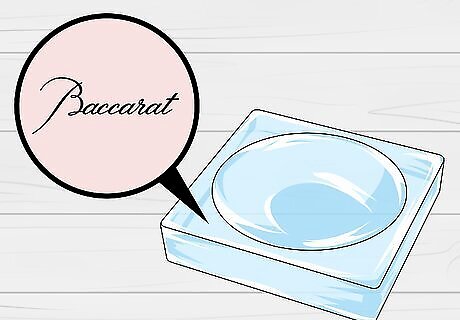
Check for laser etchings on contemporary crystal pieces. Modern pieces are etched with the word “Baccarat” and do not feature the whole logo. They may also be etched with a large letter B. Today's Baccarat crystal includes the classics such as stemware and paperweights, as well as modern pieces like ashtrays, crystal clocks, and jewelry.

Examine the bottom of the piece for a sticker. Certain Baccarat crystal is marked with a sticker. This is often a rectangular or quadrilateral sticker featuring the Baccarat logo. Rectangular stickers usually have a red border and a white background, with the circular Baccarat logo appearing above the name. They are sometimes solid red with gold writing. Quadrilateral stickers are gold with a black border and the Baccarat name in the center of the sticker. There is no circular logo.
Identifying Unmarked Pieces
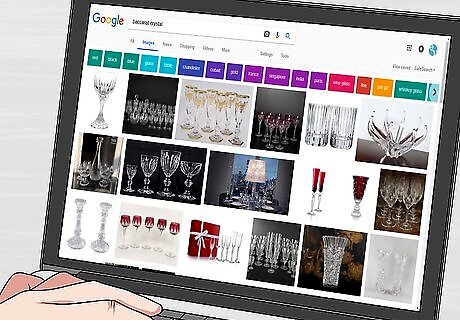
Study collectors' websites and catalogs to identify Baccarat styles. Baccarat strives to be at the cutting edge of style, so you can often date pieces based on the design. Read old catalogs and look at pictures of Baccarat crystal online to familiarize yourself with the work. Cube shapes were popular in the 1920s and 1950s, when Art Nouveau styles were popular. Venetian glass had a heavy influence on styles manufactured in the 1960s.

Use line drawings in old catalogs to identify antique pieces. Due to subtle differences in manufacturing and the intricate nature of crystal, it can be hard to compare your piece to a photograph of a similar style. Line drawings, like those used in early catalogs, can help you determine the date of your piece with more accuracy.
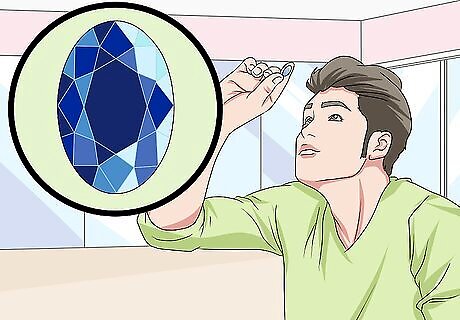
Study the styles of the designers who worked for Baccarat. Baccarat has employed different crystal designers through the years, each of whom brings their unique style to Baccarat crystal. By familiarizing yourself with these designers and their art, you will be able to identify their work when you see it. For instance, if you are familiar with the Ballon pattern from 1916, which features trellis-like embellishments, you may be able to identify a piece as Baccarat even if there are no Baccarat markings.

Check the weight of a piece. Reproduction Baccarat are common, but due to the replication process, original Baccarat crystal will be significantly heavier than an imitation.

Bring your item to a Baccarat store or contact an expert online. If you're still not sure about the origin of your piece, contact a Baccarat representative or visit a Baccarat dealer near you. You could also look online to find antique dealers who specialize in glass art and Baccarat crystal.















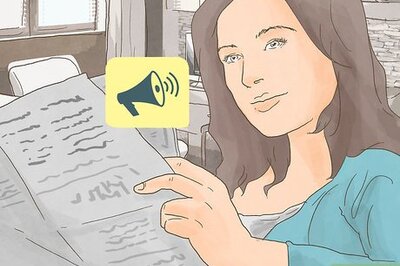




Comments
0 comment